Temple Art
Temple art made from brass refers to decorative items crafted specifically for use in temples or inspired by temple motifs. These brass products often feature intricate designs, symbolic patterns, or religious iconography. They serve both decorative and ceremonial purposes, adding cultural richness and spiritual significance to their surroundings.
Product details
Temple art as a brass decorative product encompasses a wide range of ornamental items crafted from brass, a durable and visually appealing metal. These artistic pieces are designed to adorn temples or homes with intricate designs that often depict religious motifs, deities, or cultural symbols significant to various traditions.
Craftsmen create temple art using traditional techniques such as casting, engraving, and polishing to achieve detailed textures and finishes that enhance their aesthetic appeal. Some pieces may be adorned with gemstones or painted in vibrant colors to further enrich their visual impact.
Functionally, temple art serves both decorative and spiritual purposes. In temples, these brass creations adorn altars, walls, or doorways, enhancing the sacred atmosphere and symbolizing devotion. In homes or offices, they serve as reminders of cultural heritage, offering a connection to traditions and beliefs.
Culturally, temple art reflects the artistic prowess and religious devotion of artisans, often carrying deep symbolic meanings tied to spirituality and community identity. As brass decorative products, these items not only showcase craftsmanship but also preserve and transmit cultural values across generations.
Overall, temple art in brass exemplifies the fusion of artistic expression with spiritual symbolism, enriching spaces with beauty, cultural significance, and a sense of reverence.
Shipping and Returns
Shipping cost is based on weight. Just add products to your cart and use the Shipping Calculator to see the shipping price.
We want you to be 100% satisfied with your purchase. Items can be returned or exchanged within 30 days of delivery.
There are no question found.
Quick Comparison
| Temple Art remove | Butterfly Pair remove | Flower Pot remove | Butterfly remove | Table Decorative remove | Peocock Art remove | |
|---|---|---|---|---|---|---|
| Name | Temple Art remove | Butterfly Pair remove | Flower Pot remove | Butterfly remove | Table Decorative remove | Peocock Art remove |
| Image | 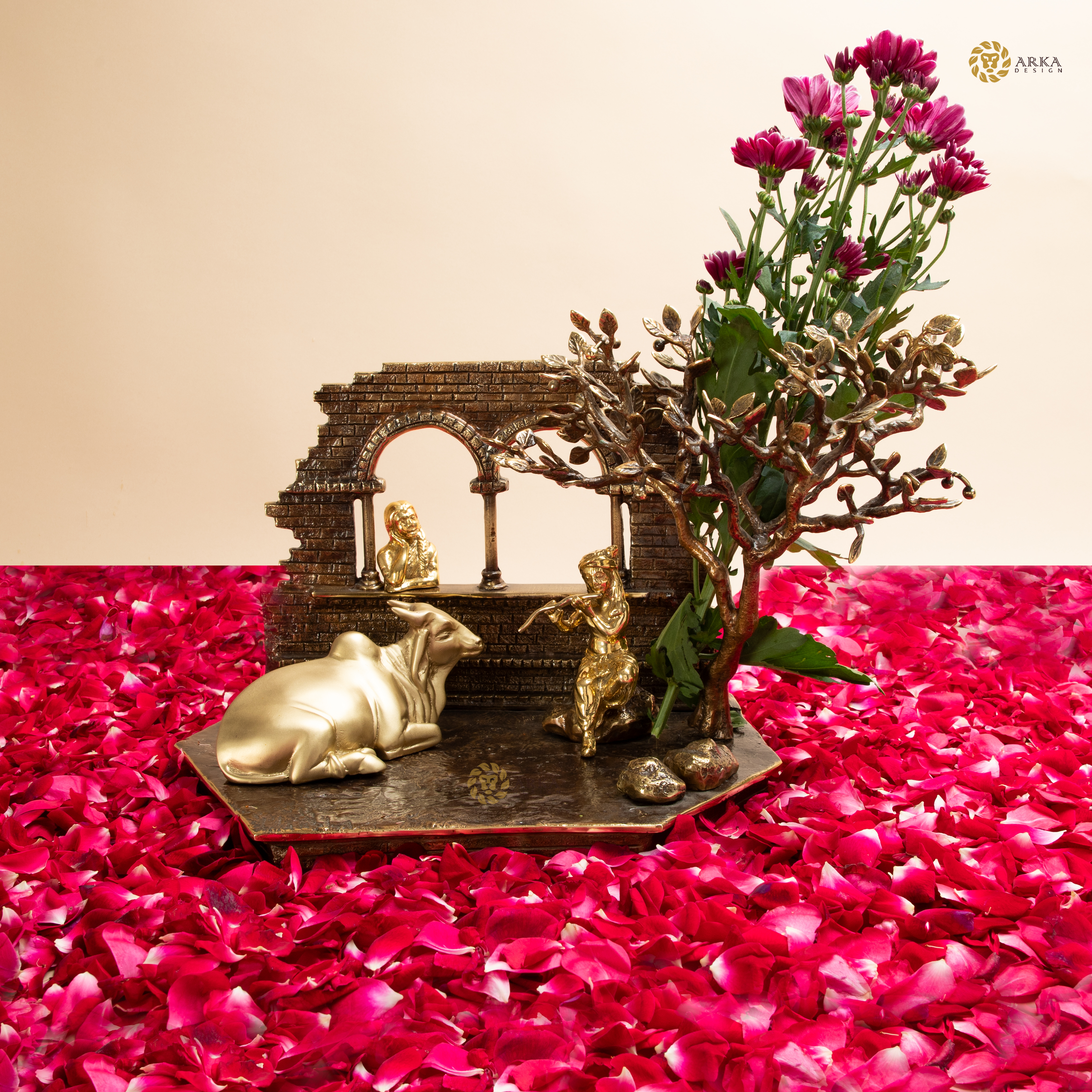 | 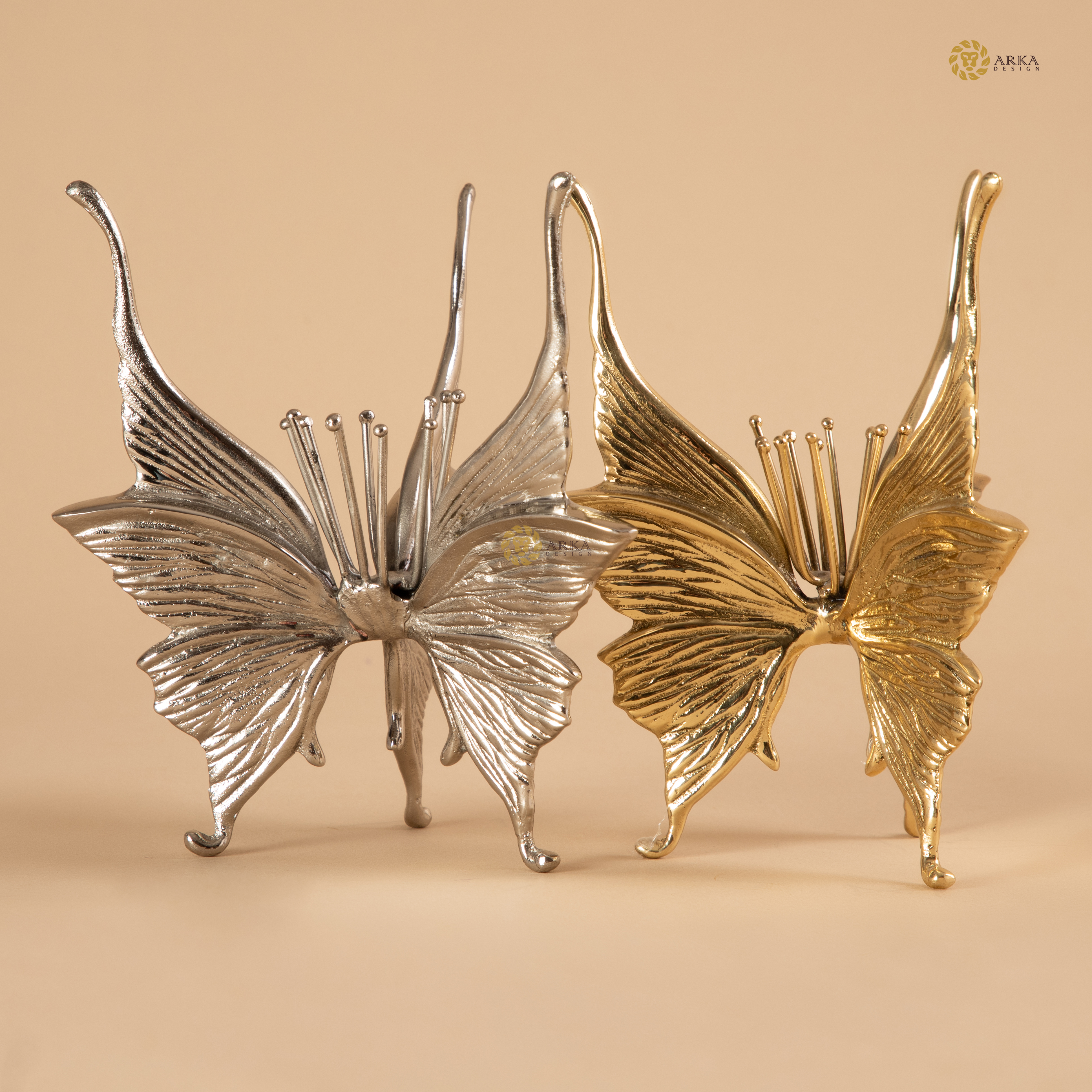 | 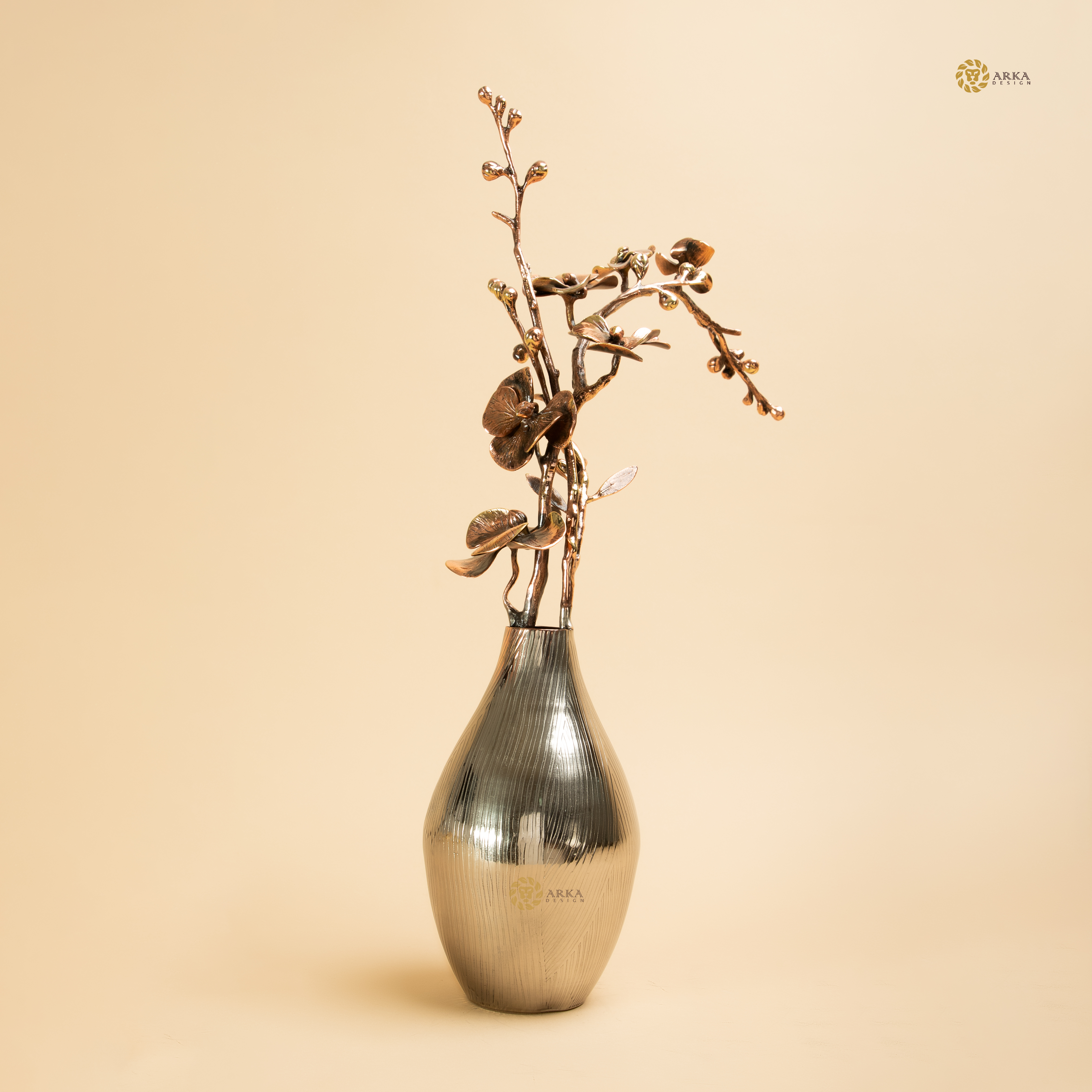 | 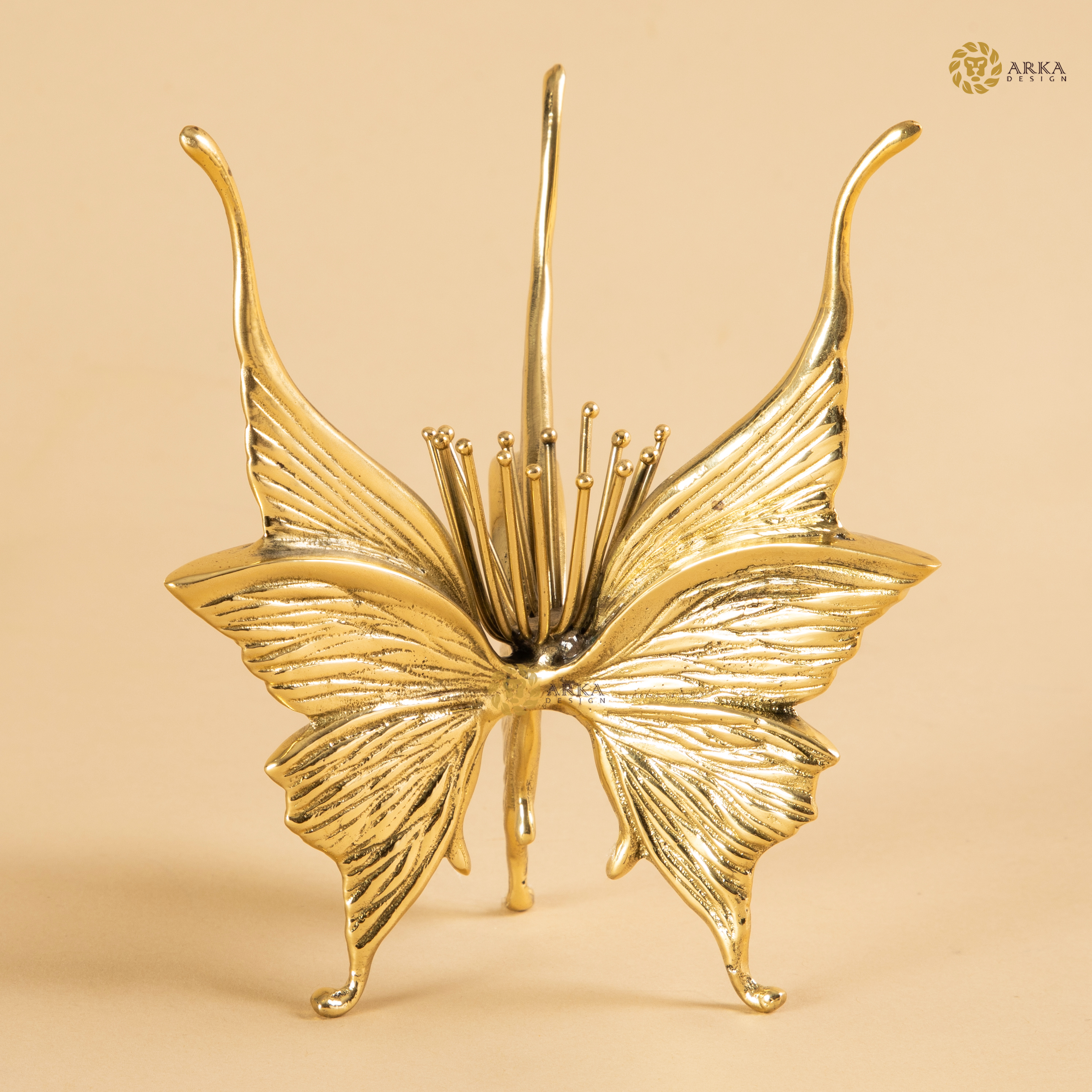 | 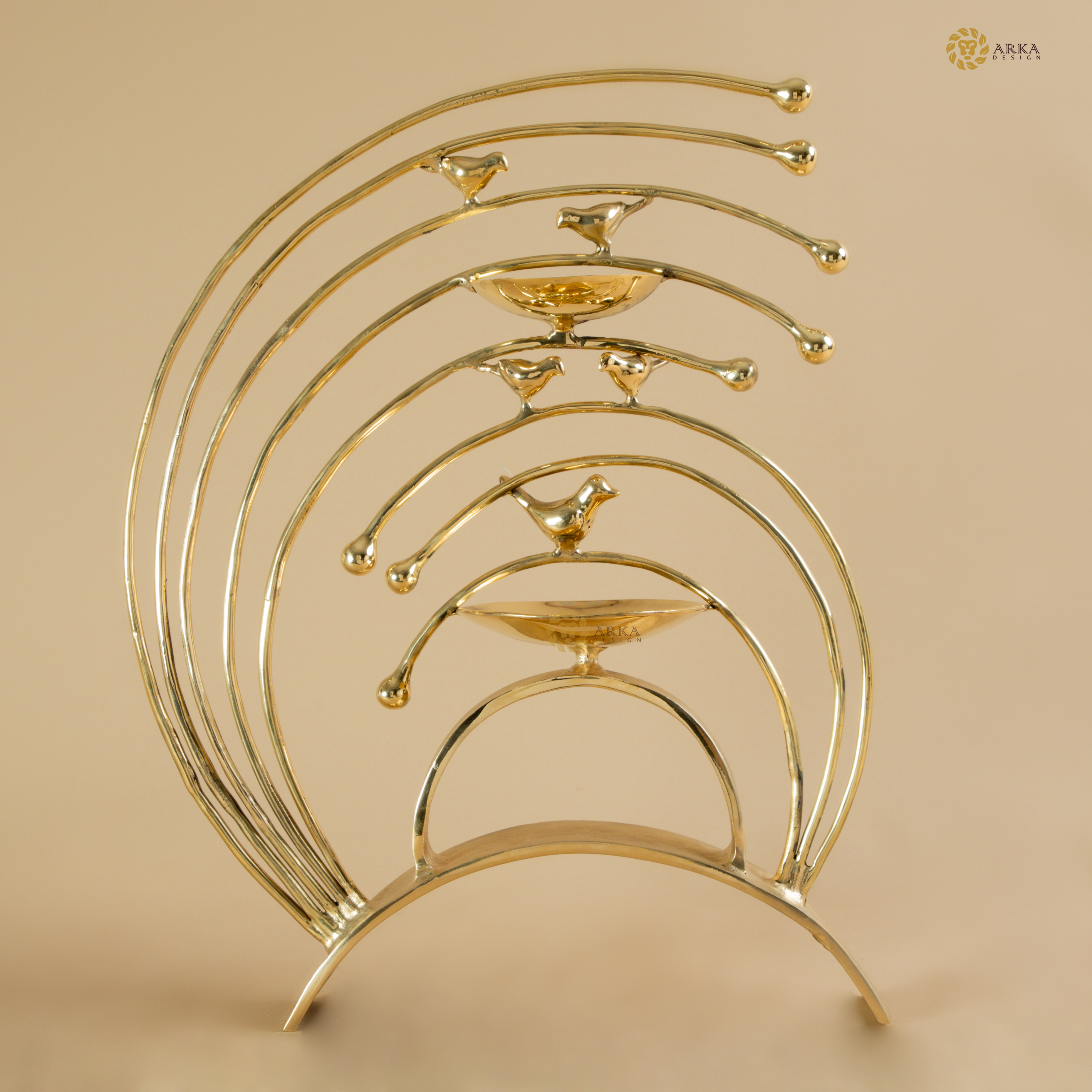 | 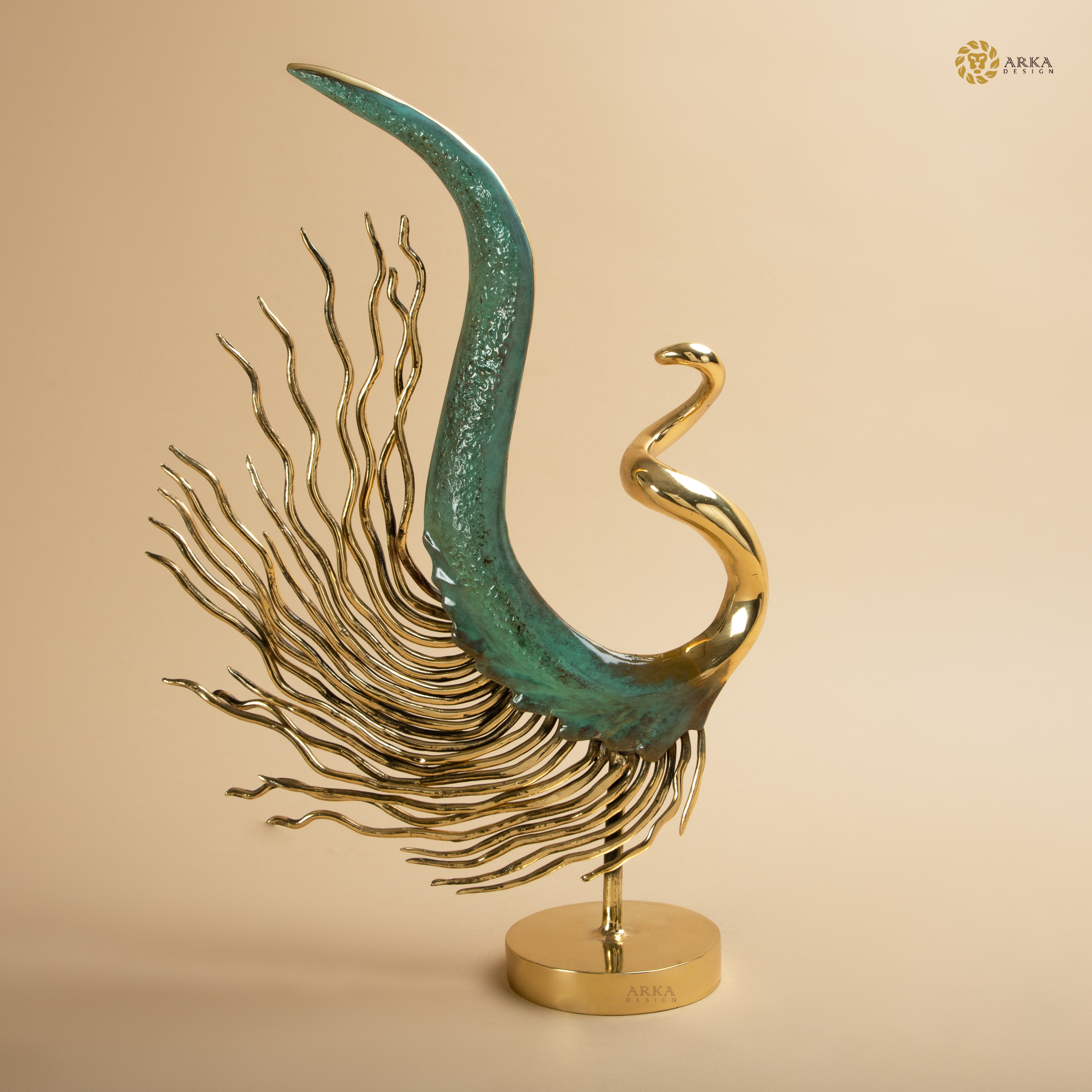 |
| SKU | ||||||
| Rating | ||||||
| Price | ₹35,000.00 | ₹4,000.00 | ₹10,200.00 | ₹2,000.00 | ₹18,000.00 | ₹14,000.00 |
| Stock | ||||||
| Availability | ||||||
| Add to cart | ||||||
| Description | Temple art made from brass refers to decorative items crafted specifically for use in temples or inspired by temple motifs. These brass products often feature intricate designs, symbolic patterns, or religious iconography. They serve both decorative and ceremonial purposes, adding cultural richness and spiritual significance to their surroundings. | In brass metal crafting, a butterfly pair refers to two decorative butterflies made from brass. These pieces are crafted to add beauty and charm to spaces, utilizing brass's durability and golden appearance to create elegant and whimsical decorations. | A flower pot made from brass is a decorative item crafted from durable brass metal, typically used for planting flowers or small plants. It adds elegance and charm to indoor or outdoor spaces with its golden hue and often intricate designs. | In brass metal crafting, butterflies are decorative motifs or sculptures made from brass. They add a touch of elegance and whimsy to spaces, often used as ornaments, wall art, or standalone decorative pieces due to brass's durability and attractive golden hue. | A table decorative related to brass is a decorative item made from brass that enhances the appearance of a table. It adds elegance and style to the tabletop, showcasing brass's durability and attractive golden hue through artistic designs or embellishments. | A brass modern peacock table top décor is a decorative item crafted from brass, designed to resemble a peacock in a modern artistic style. It serves as an elegant and eye-catching addition to tables or shelves, showcasing intricate craftsmanship and adding a touch of sophistication to any space. |
| Content | Temple art as a brass decorative product encompasses a wide range of ornamental items crafted from brass, a durable and visually appealing metal. These artistic pieces are designed to adorn temples or homes with intricate designs that often depict religious motifs, deities, or cultural symbols significant to various traditions. Craftsmen create temple art using traditional techniques such as casting, engraving, and polishing to achieve detailed textures and finishes that enhance their aesthetic appeal. Some pieces may be adorned with gemstones or painted in vibrant colors to further enrich their visual impact. Functionally, temple art serves both decorative and spiritual purposes. In temples, these brass creations adorn altars, walls, or doorways, enhancing the sacred atmosphere and symbolizing devotion. In homes or offices, they serve as reminders of cultural heritage, offering a connection to traditions and beliefs. Culturally, temple art reflects the artistic prowess and religious devotion of artisans, often carrying deep symbolic meanings tied to spirituality and community identity. As brass decorative products, these items not only showcase craftsmanship but also preserve and transmit cultural values across generations. Overall, temple art in brass exemplifies the fusion of artistic expression with spiritual symbolism, enriching spaces with beauty, cultural significance, and a sense of reverence. | In the realm of brass metal crafting, a butterfly pair refers to two decorative butterflies created from brass—a durable and visually appealing alloy known for its golden hue and resistance to corrosion. These artistic pieces are meticulously crafted to capture the intricate details of butterfly wings, antennae, and body structures. Brass butterfly pairs are designed to enhance the aesthetic appeal of interior and exterior spaces with their elegance and whimsical charm. They can vary in size and design, ranging from small, delicate ornaments to larger sculptures or wall-mounted art pieces. Each butterfly in the pair is carefully shaped and polished to highlight the natural beauty of brass, offering a warm and lustrous finish that complements various décor styles. Culturally, butterflies hold symbolic meanings across different cultures, often representing transformation, beauty, and spiritual growth. In brass metal crafting, butterfly pairs embody these symbolic qualities, serving as visual metaphors for personal evolution or the fleeting beauty of nature. They are valued not only for their decorative function but also for their ability to evoke emotions and convey deeper meanings through their artistic form. Functionally, brass butterfly pairs can be used in diverse ways within home decor. They may be displayed as standalone ornaments on shelves or tabletops, integrated into floral arrangements, or incorporated into larger decorative installations. Their versatility allows them to enhance the ambiance of living spaces, gardens, or entryways, adding a touch of sophistication and cultural richness to any environment. Overall, brass butterfly pairs in brass metal crafting showcase the craftsmanship and creativity involved in transforming a durable material into delicate and meaningful decorative art. They exemplify the timeless appeal of brass as a medium for creating enduring and aesthetically pleasing ornaments that resonate with beauty, symbolism, and cultural significance. | A flower pot made from brass is a decorative container crafted from durable brass metal, known for its golden hue and resistance to corrosion. These pots are designed to hold plants and flowers, serving both functional and aesthetic purposes. Typically, brass flower pots feature a smooth or textured surface, often adorned with engraved patterns, embossed designs, or even semi-precious stone inlays, showcasing the craftsmanship and artistic flair of the artisans. They come in various sizes and shapes, from small tabletop pots to larger floor-standing ones, suitable for indoor or outdoor use. Functionally, brass flower pots provide a sturdy and elegant base for plants, enhancing the beauty of gardens, balconies, or interior spaces. The reflective surface of brass adds a touch of sophistication, while its durability ensures long-lasting use even in diverse weather conditions. Culturally, brass flower pots may carry symbolic meanings depending on their design and cultural context. In some traditions, brass is associated with prosperity, beauty, or even spiritual significance, making these pots not just practical but also imbued with cultural and symbolic value. Overall, a brass flower pot combines functionality with artistic craftsmanship, offering a timeless and decorative addition to homes, gardens, and public spaces. It celebrates the enduring appeal of brass as a medium in decorative arts, appreciated for its beauty, durability, and cultural resonance. | In the realm of brass metal crafting, butterflies are crafted as decorative elements using brass, an alloy known for its durability, corrosion resistance, and attractive golden appearance. These brass butterflies serve as elegant and whimsical additions to interior and exterior spaces. Brass butterflies can take various forms and sizes, ranging from small ornaments to larger sculptures or wall art pieces. They are meticulously crafted to capture the delicate details of butterfly wings, antennae, and body structure, showcasing the artisan's skill in metalwork and design. The use of brass enhances the aesthetic appeal of butterflies, giving them a lustrous finish that complements both traditional and contemporary décor styles. Brass's warm golden hue adds a touch of sophistication and warmth to any environment, whether displayed indoors or outdoors. Culturally, butterflies hold symbolic meanings across different cultures and traditions. They are often associated with transformation, beauty, and freedom, symbolizing growth and spiritual renewal. In artistic representations, brass butterflies embody these meanings, offering a visual metaphor for personal growth or the ephemeral beauty of nature. Functionally, brass butterflies can serve multiple purposes beyond their decorative role. They may be used as standalone ornaments on shelves or tabletops, as accents in floral arrangements, or as part of larger decorative installations. Their versatility and enduring appeal make them cherished pieces in interior design and home décor. Overall, brass butterflies in brass metal crafting highlight the intersection of artistic expression and material craftsmanship. They celebrate the natural beauty of butterflies while showcasing the timeless allure of brass as a medium for creating enduring and meaningful decorative art pieces. | In the world of décor, a table decorative related to brass refers to an ornamental piece crafted from brass—an alloy known for its durability and distinctive golden appearance. These items are designed to adorn tabletops and surfaces, offering a blend of aesthetic charm and functional elegance. Brass table decorative come in various forms, ranging from intricately designed figurines to elaborate centerpieces or trays. They often feature artistic details such as engraved patterns, embossed motifs, or sculptural elements that highlight the craftsmanship and versatility of brass as a medium. Functionally, brass table decorative serve to enhance the ambiance of dining rooms, living spaces, or offices by adding a touch of sophistication. They can be used to hold smaller items like keys or jewelry, serve as focal points during gatherings, or simply serve as standalone pieces that draw attention with their warm and inviting glow. Culturally, brass table decorative may carry symbolic meanings depending on their design and cultural context. They can symbolize prosperity, artistic excellence, or even spiritual beliefs in various traditions around the world. In some cultures, brass items are treasured as heirlooms or given as meaningful gifts to mark special occasions. Overall, brass table decorative exemplify the timeless appeal of brass in decorative arts, showcasing its ability to transform simple objects into exquisite pieces that evoke admiration for their beauty, craftsmanship, and cultural significance. | A brass modern peacock table top decor is a stylish and artistic piece crafted from brass, a durable and visually appealing metal known for its golden hue. This decorative item is designed to resemble a peacock in a modern artistic interpretation, blending traditional craftsmanship with contemporary aesthetics. These table top decors often feature intricate details such as the peacock's feathers, body contours, and sometimes embellished with semi-precious stones or engraved patterns to enhance their beauty. They are polished to a high sheen, reflecting light and adding a touch of elegance to any surface they adorn. Functionally, brass modern peacock table top decors serve as ornamental pieces in homes, offices, or other interior spaces. They are placed on tables, shelves, or mantels, where they serve as focal points and conversation starters, due to their striking appearance and artistic craftsmanship. Culturally, peacocks symbolize beauty, grace, and extravagance in many traditions, making them popular motifs in decorative arts. As brass decorative products, these items not only showcase the skill of artisans but also carry cultural and symbolic significance, reflecting themes of nature, aesthetics, and artistic expression. Overall, a brass modern peacock table top decor exemplifies the fusion of artistic creativity with cultural symbolism in decorative arts. It celebrates the enduring allure of brass as a medium for creating visually captivating and culturally resonant sculptures that enhance living spaces with their beauty, craftsmanship, and symbolic value. |
| Weight | N/A | N/A | N/A | N/A | N/A | N/A |
| Dimensions | N/A | N/A | N/A | N/A | N/A | N/A |
| Additional information | ||||||
| Sold | 0 | 0 | 0 | 0 | 0 | 0 |
| Shipping |

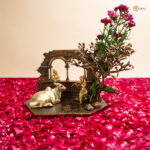
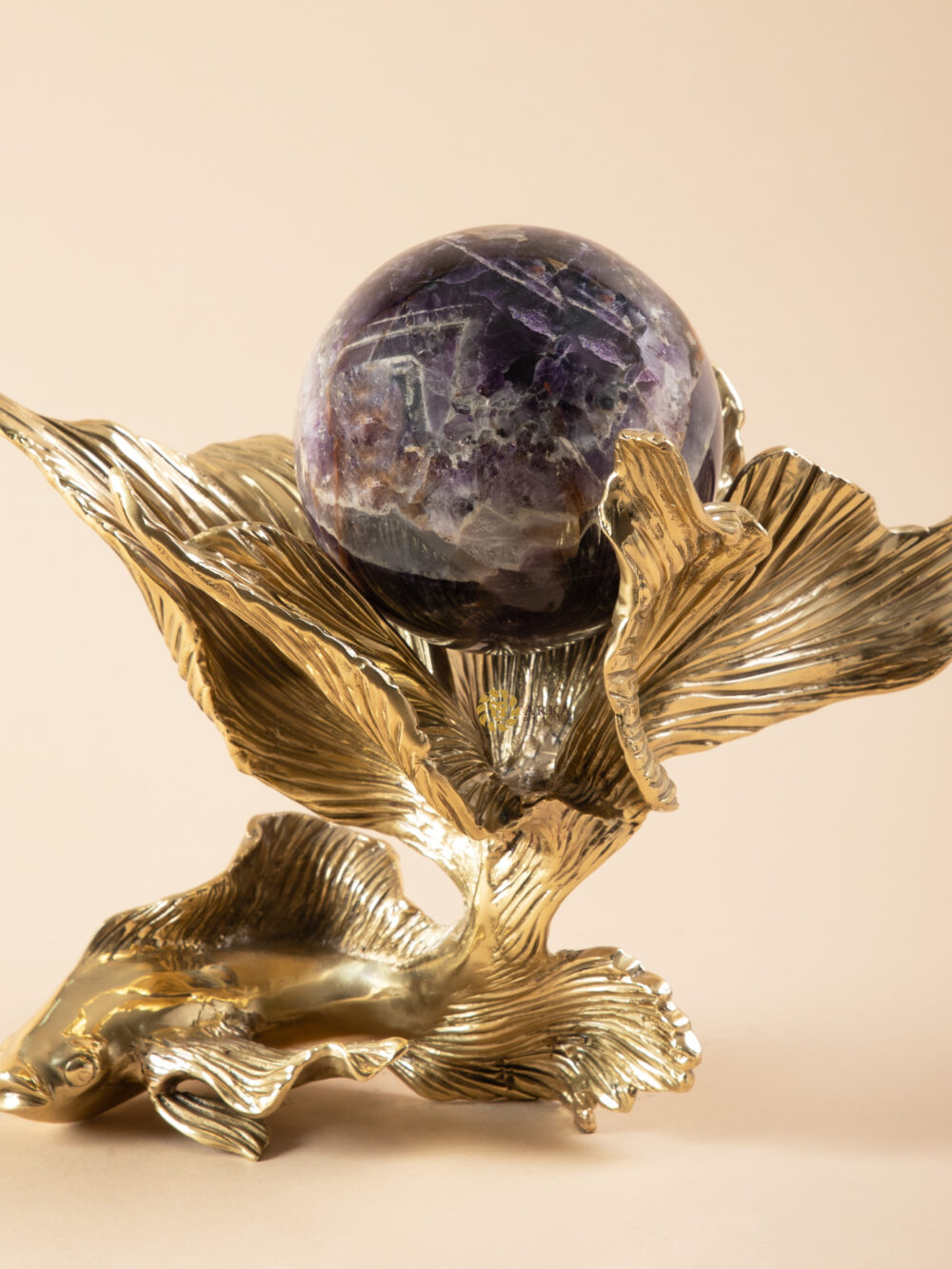
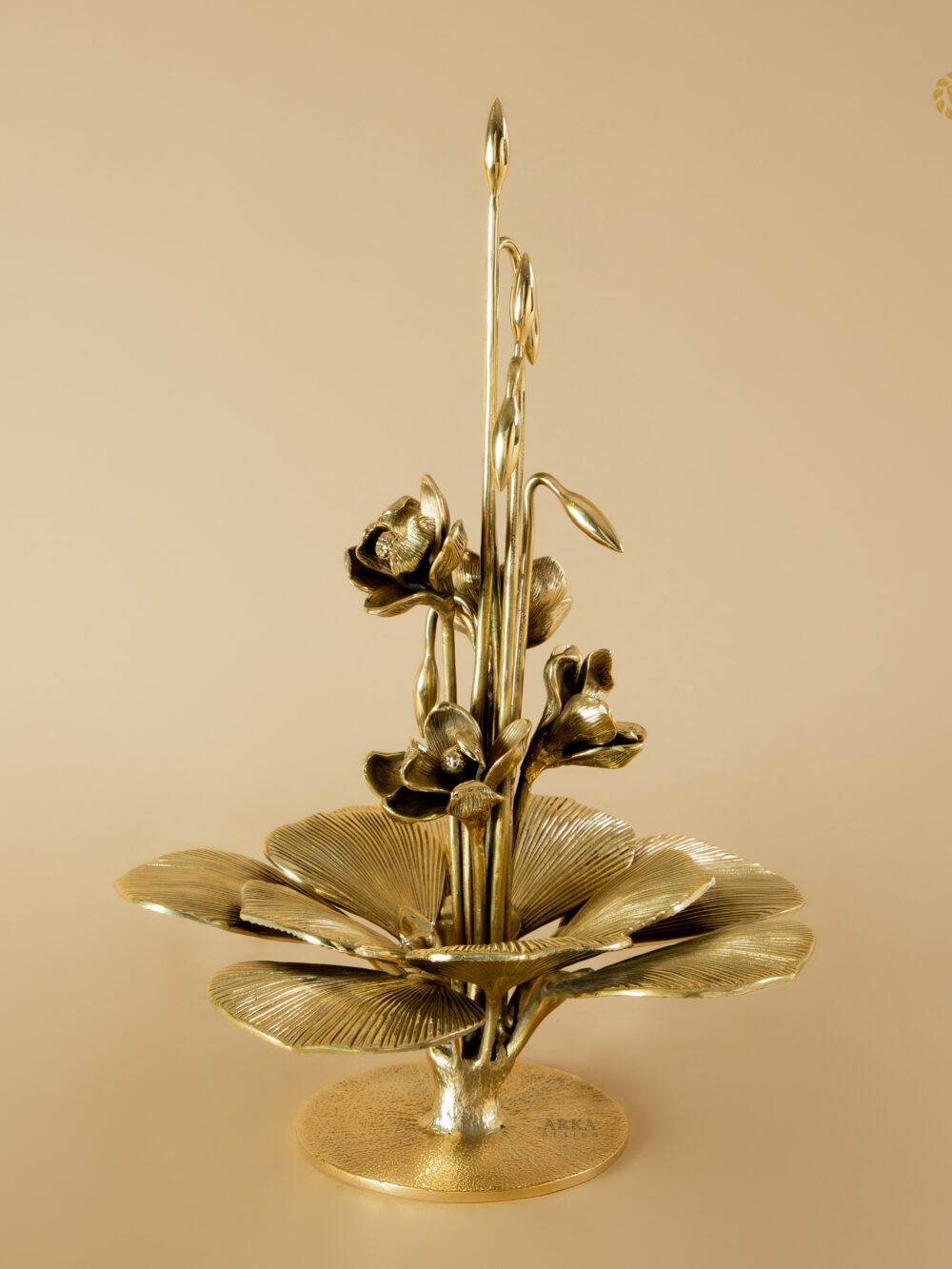
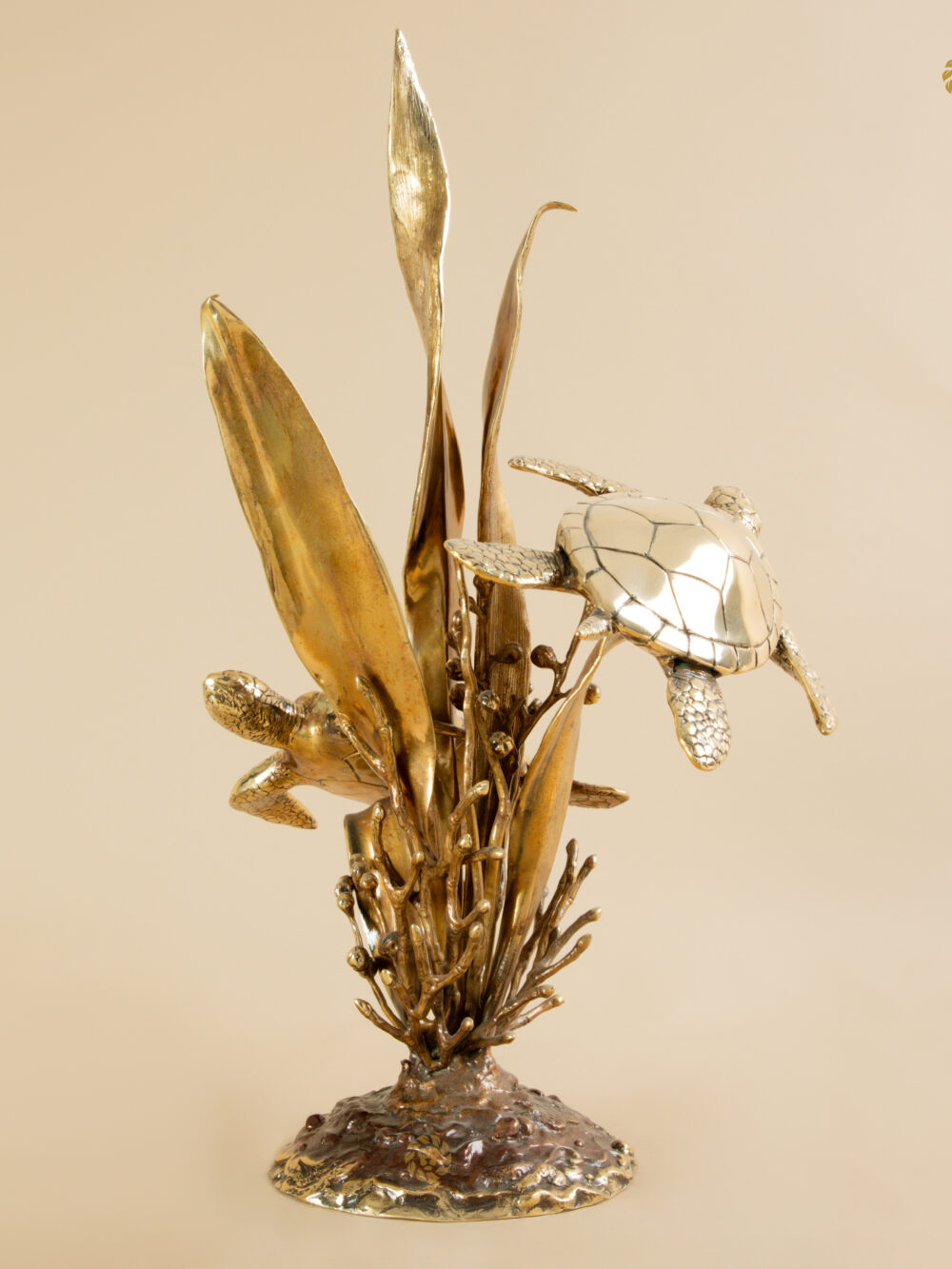
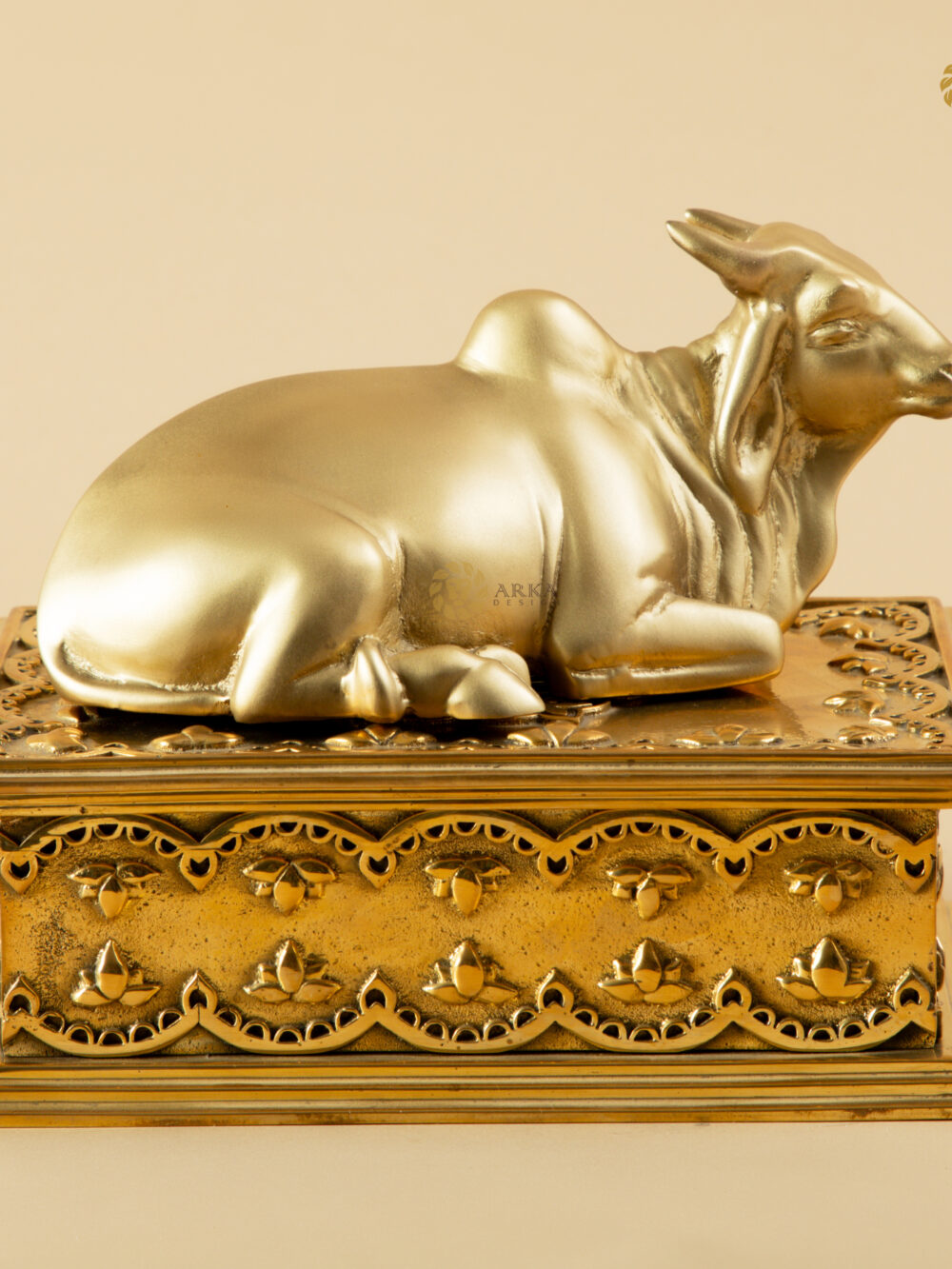
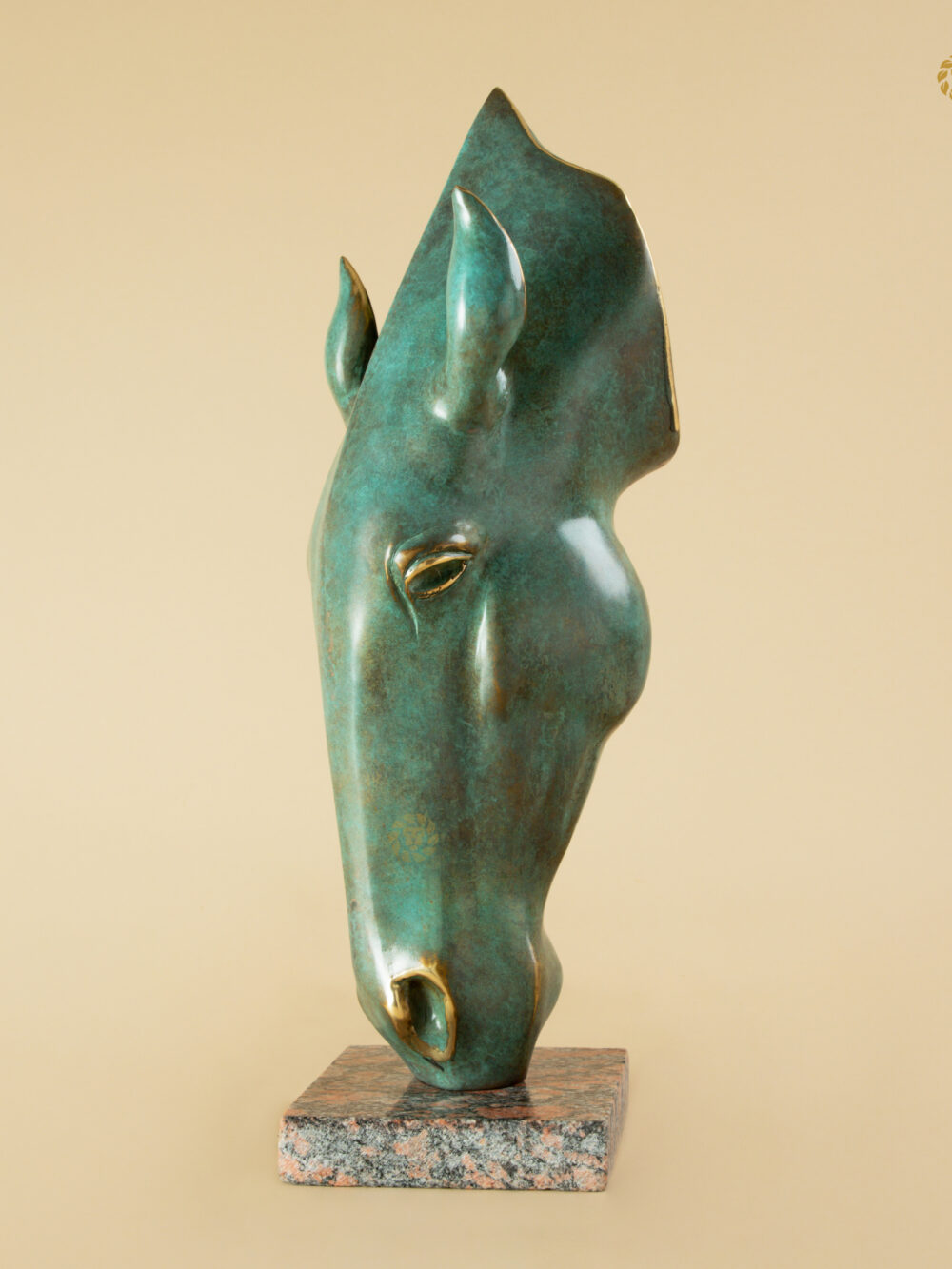
Rating & Review
There are no reviews yet.